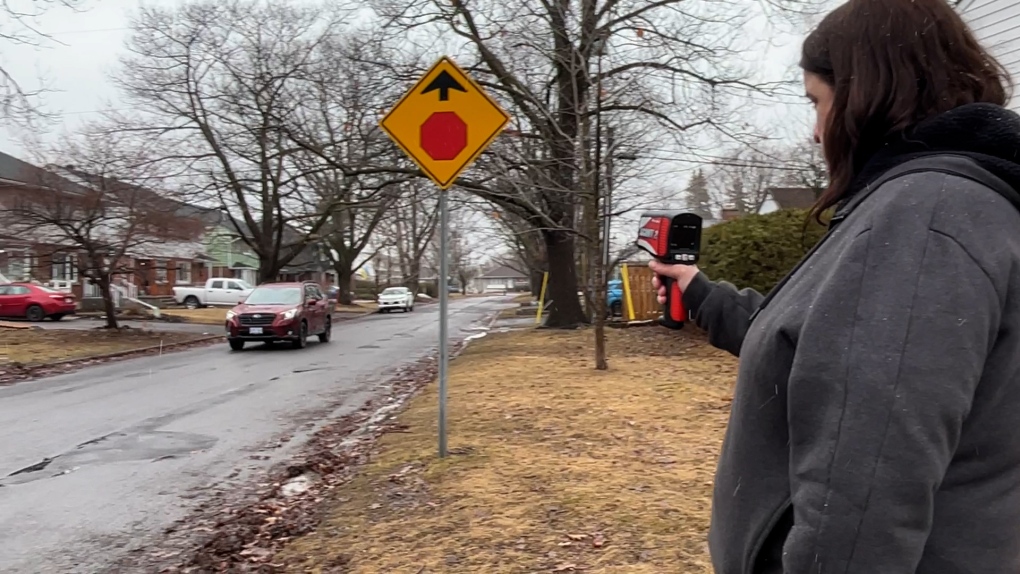New criteria for permanent traffic calming measures in Ottawa cause for concern: expert

Speed continues to be a problem on Ottawa’s residential streets with many demanding more be done to slow people down, but now the city has gone the other way.
“From what I gather, the criteria is an almost impossible threshold to meet. So no matter how bad the problem is, it’s going to be nearly impossible for a threshold to be crossed,” said Ottawa resident, Jonathan Robart.
Last year the city developed a new speed screening process in order for a residential street to qualify for permanent traffic calming measures. This cut the list of problem streets in half from 140 to 70, including Hunter’s Run Drive in Orleans, which was waiting more than a decade for permanent measures like speed bumps.
“It can take a number of years, even once identified as qualifying for a traffic calming project, for the work to be complete. So by changing the threshold it allowed projects to actually progress through,” said Alta Vista ward Coun. Marty Carr.
In order for a street to now qualify for permanent traffic calming measures, the average speed on a street needs to be 45 km/h and an 85th percentile of 55 km/h or more during a 24-hour or 48-hour period.
In other words, 15 per cent of drivers need to be speeding at least 15 km/h over the posted speed limit in residential areas. The old standard was lower, at 10 km/h.
“The criteria used by the city of Ottawa is now too high and seems to be unsafe,” said Essam Dabbour, a traffic safety expert.
Dabbour says Ottawa is one of the only cities he could find in the province to raise its threshold above the guidelines outlined by the Transportation Association of Canada. It’s a change he says that increases the probability of fatal crashes by 20 to 25 per cent and puts pedestrians including children, the elderly and cyclists at risk.
“I don’t see any justification for this because it is very well known that traffic calming devices are very effective; a very lost cost solution to improve public safety,” said Dabbour.
But the city says the change was necessary because of money and resources.
“It’s not about saying that there may not be speeding on a certain street, it really is so we can prioritize where we are spending our effort and our resources,” said Heidi Cousineau, the acting traffic safety manager with the City of Ottawa.
City councillors do have the option of installing temporary traffic calming measures life flex stakes and even speed bumps, but demand often exceeds resources.
“When you’re working with a $75,000 a year budget, it’s very difficult. A speed hump costs about $15,000 and you usually put multiple speed humps on one street in order to have an impact. So if you’re just working with speed humps, for example, you can spend the whole budget on only two streets,” said Carr.
“So we get an awful lot of requests and certainly that amount of money we have at our disposal is inadequate to meet all the requests.”
Cousineau says the program is currently undergoing a review to find more efficiencies, but it’s leaving residents like Robart frustrated.
“If the rules lead to inaction it’s time to change the rules,” said Robart.
View original article here Source









